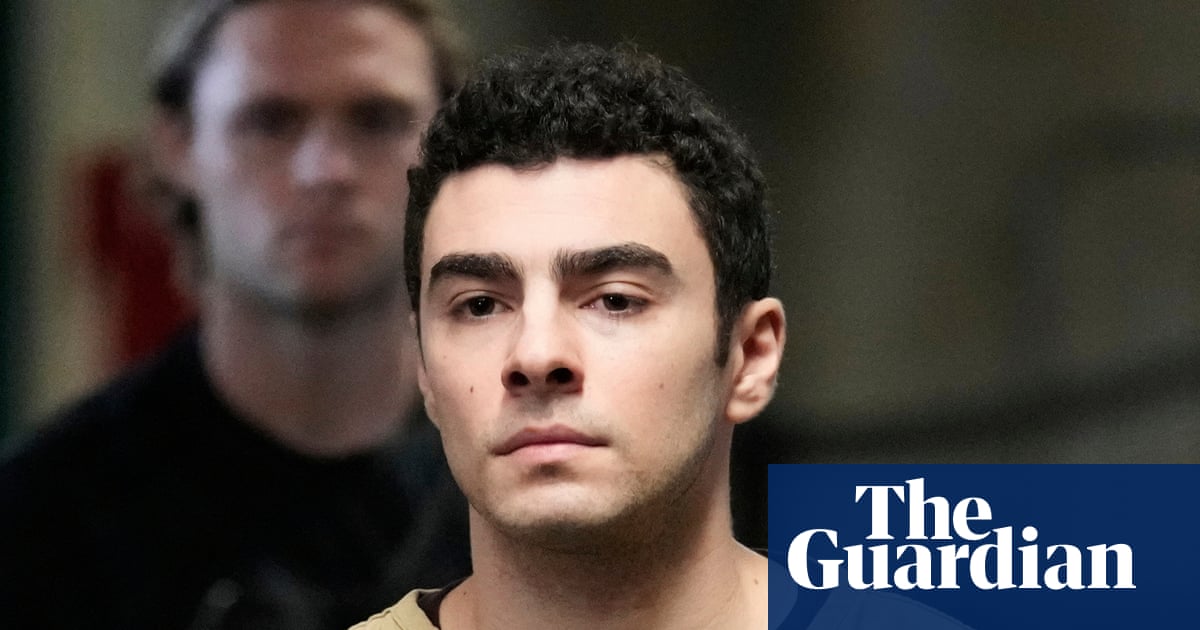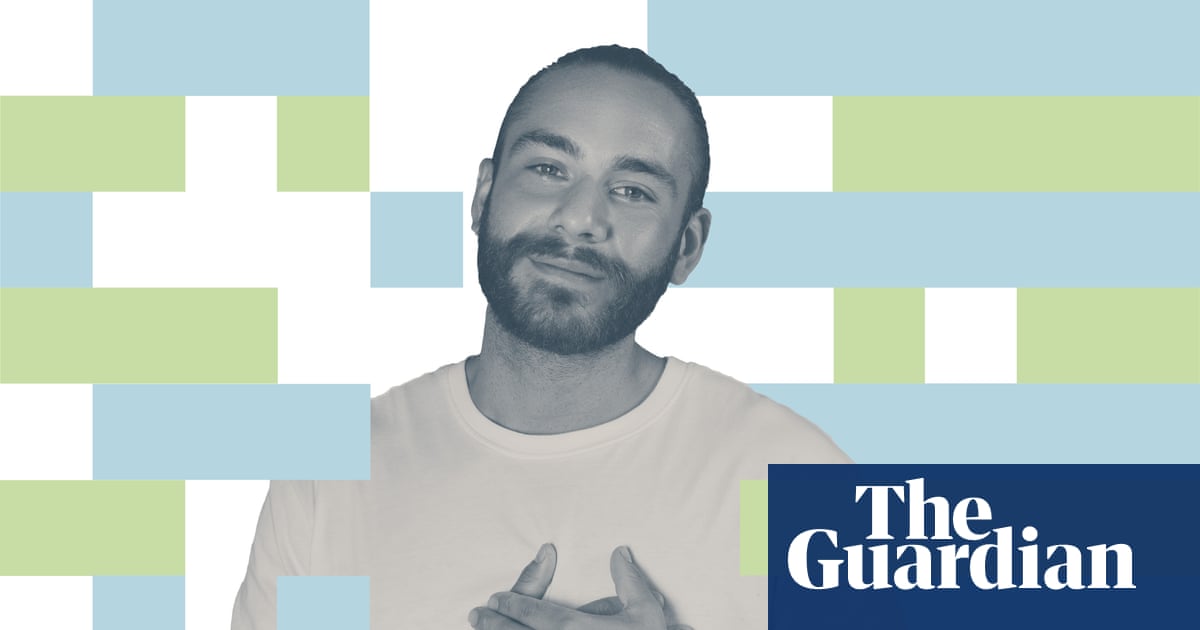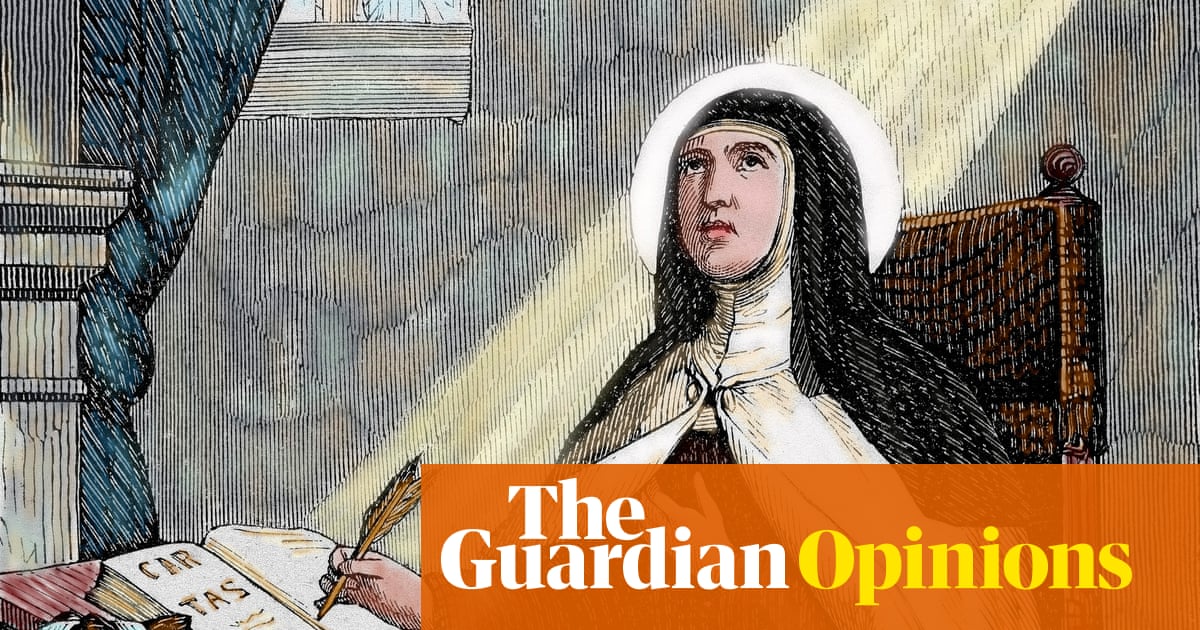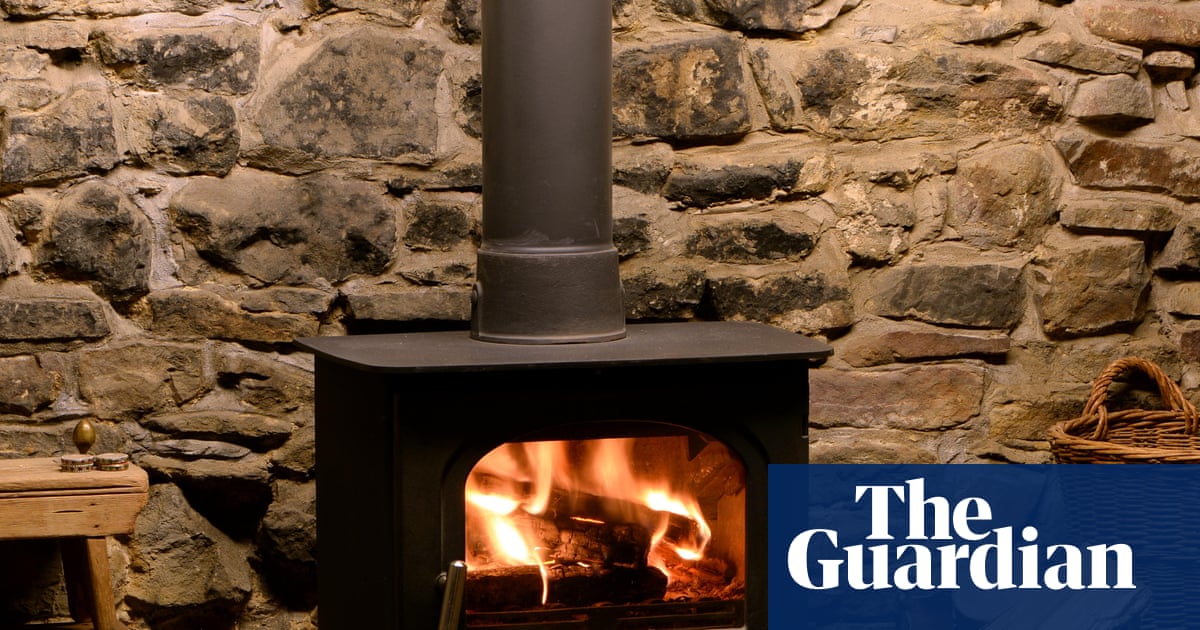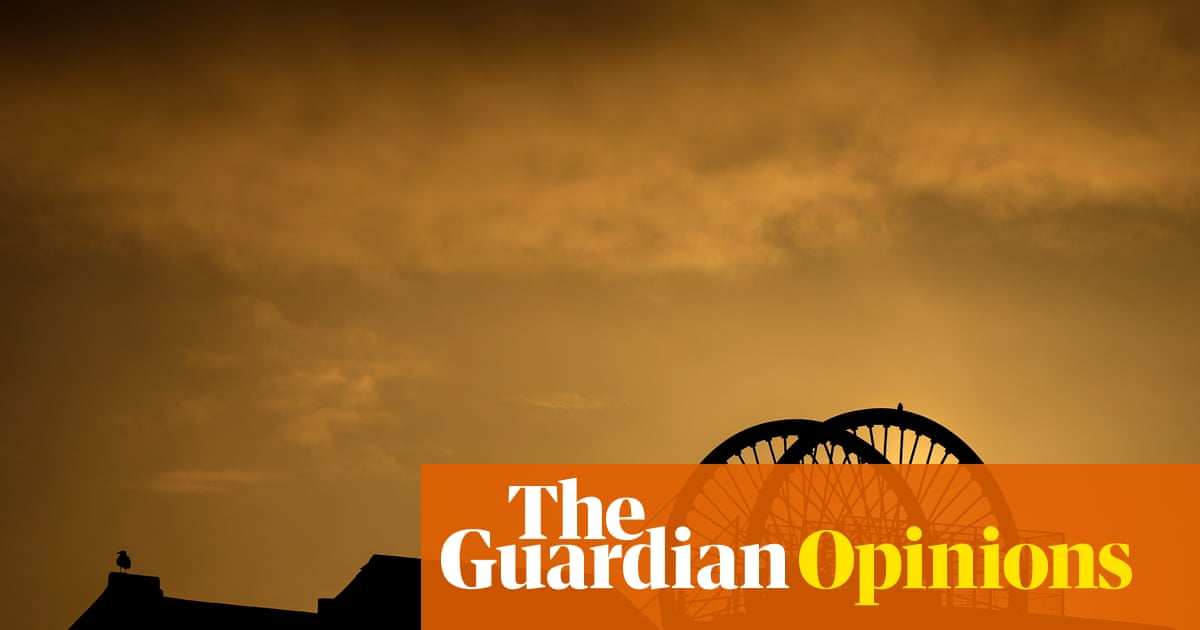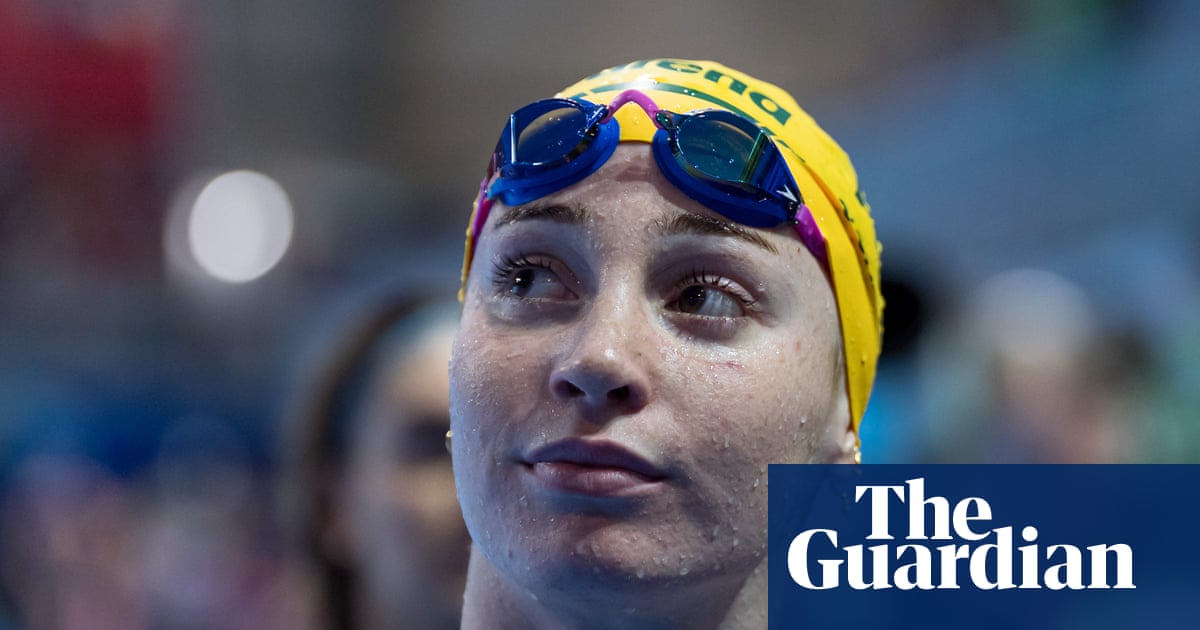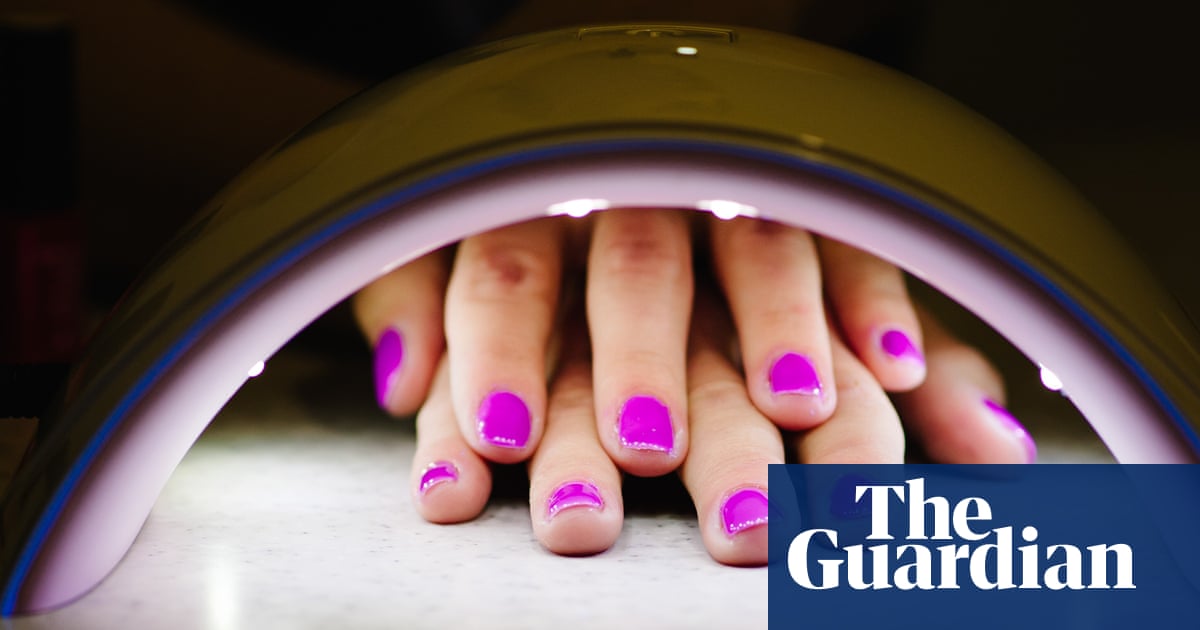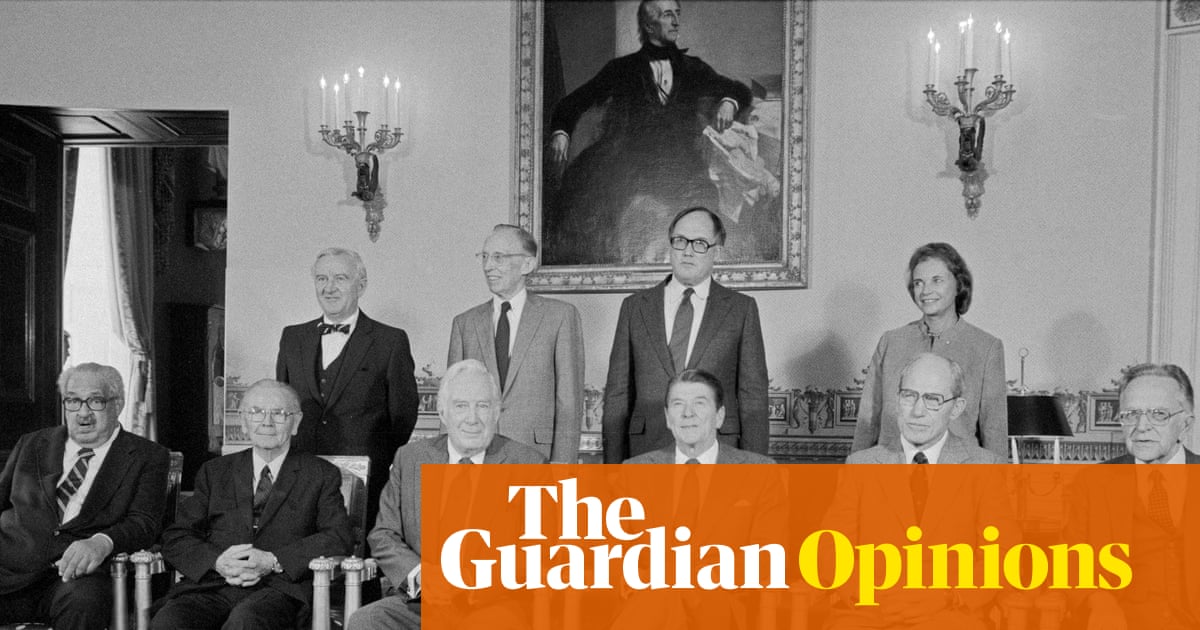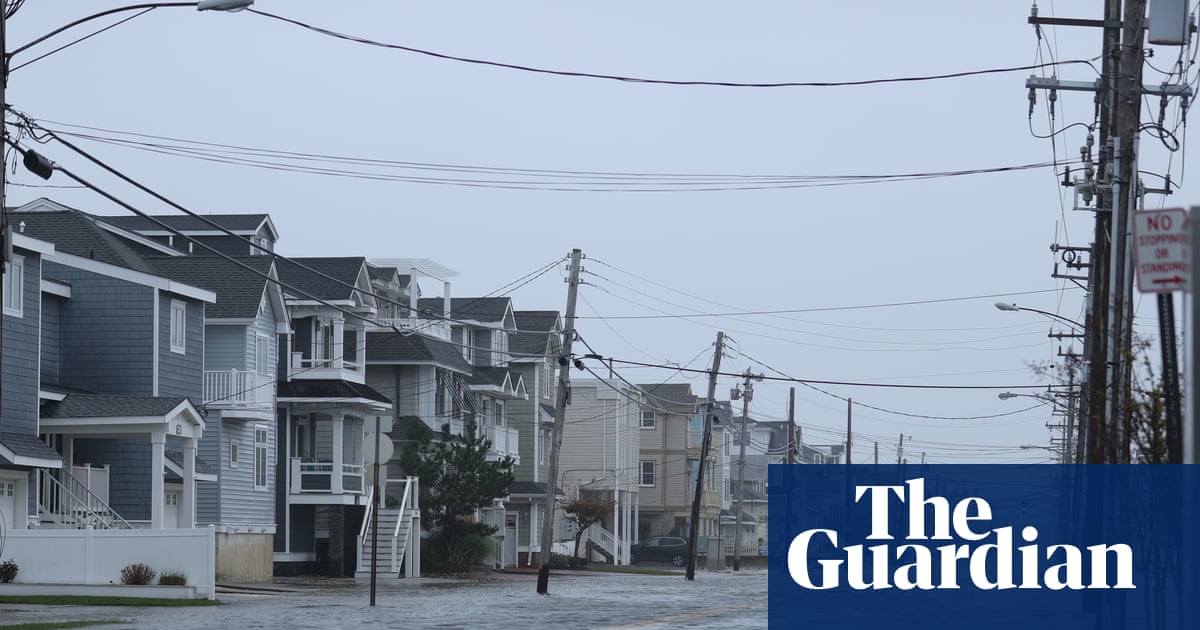A baby, in Britain, in 2025, takes its stuttering final breaths. All deaths in infancy are harrowing. But the fact that this particular death might have been prevented – had neonatal care not depended so heavily on charity, had the NHS not failed to fund more than two-thirds of the healthcare babies need – is unforgivable.
Mercifully, the dystopian scenario I’ve just described does not exist in the UK today. Although paediatric care is undeniably overstretched, it is at least regarded as a core, bedrock NHS service.
We would never tolerate a government that chose to defund most neonatal services, gambling instead that charities would act to fill the gap. Yet this is exactly the situation faced by people needing end-of-life care. Remarkably, the famously “cradle to grave” NHS funds only about 30% of hospice care in the UK. The shortfall is made up from charitable donations: the goodwill of local individuals and businesses stepping in where the state has chosen to walk away.
As last week’s National Audit Office report demonstrated, the financial state of the hospice sector is dire. Two-thirds of adult hospices in England recorded a deficit in 2023-24. Across the country, hospices are being forced to cut staff, reduce their bed numbers and slash community services for dying people who wish to be cared for at home. The result is a postcode lottery of care in which your chances of receiving high-quality palliative care hinge on variables that include the level of deprivation where you live and the extent to which your local NHS management chooses to prioritise patients with terminal illnesses. A month ago, for example, Arthur Rank Hospice in Cambridgeshire revealed that Cambridge University Hospitals had elected to withdraw £829,000 of annual funding, forcing the hospice to close nine of its 21 beds. “Essentially, this now means that over 200 people a year will no longer have the option of being cared for in the comfort of our hospice and instead will sadly be dying in a busy hospital,” Arthur Rank’s CEO, Sharon Allen, stated. The NHS trust responded by saying that the hospice beds were “very poor value for money”.
For me, a hospital palliative care specialist, abstract funding statistics take on daily, indelible form. There is the face of the elderly veteran, curled like a comma on a trolley, who had hoped to end his days in a hospice, but was diverted to a crisis-stricken A&E instead. There is the family whose hopes I dash yet again when I say, “I’m so sorry, there are still no beds at the hospice.” There are soiled sheets, unvoiced fears, missed doses of morphine. The hard truth, in short, about underfunding palliative care is that people who are at their most vulnerable – the dying – suffer more pain, more indignity, less choice and less autonomy than they might have. It means that suffering at the end of life takes two forms: an inescapable part and an avoidable part, the latter being the product not of disease but of political choices.
Why do we allow this? We are not a brutal nation. As individuals and collectively we are capable of startling acts of kindness and compassion. In 2022, we threw open our doors in our thousands to invite Ukrainians fleeing Russian troops into our homes. Two years before that, when the Covid pandemic took hold, our streets hummed with grassroots activism as we rallied to support elderly people and vulnerable neighbours. The BBC’s annual Children in Need appeal often raises about £50m. Some of us will choose to donate a kidney to a person we’ve never met before.
For all the division and acts of self-interest and hate, Britain is decent and caring too. Most people, most of the time, try their flawed best to be good. So why, when it comes to caring for our dying, do we turn this collective blind eye?
Death may be as inescapable as birth, as inevitable as gravity, yet it is also steeped in fear. Once a domestic, intimate affair – in Victorian England, for example, the vast majority of deaths happened at home – modern dying is a largely institutional phenomenon. In England today, less than a third of deaths take place at home, the rest occurring in hospitals, care homes or – a mere 5% of them – in hospices. The rhythms, stages and rituals of dying have become alien and unfamiliar. And we tend not to dwell on things that frighten us, opting instead to pretend that they may never happen.
I sympathise with all of this. Two decades ago, I spent nights on-call as a hospital house officer who dreaded being summoned to the bedside of a patient in the on-site hospice. To me at that time, death felt otherworldly and dreadful. Yet dying is, of course, one of the only experiences that all of us, without exception, will share – as natural as it is necessary. For ourselves, our parents, our children, our friends. For about 580,000 of us every year in England and Wales. That’s three or four more people who have taken their last breaths in the time you’ve taken to read this article.
If we shy away from confronting our mortality, we run the risk of doing an immense, unintended disservice to those who are approaching the end of their lives. Closed hearts and closed minds cannot empathise. Our reluctance to imagine the deathbed constitutes a barrier between ourselves and the dying. It permits the avoidable suffering at the end of life that successive governments, both Conservative and Labour, perpetuate by failing to fund palliative care properly – a fact we should all be up in arms over.
after newsletter promotion
If ever there were a time to speak out, it is now. Not only is demand for palliative care projected to increase by more than 25% by 2048, but Kim Leadbeater’s assisted dying bill is working its way through the House of Lords. On both sides of that fraught parliamentary debate, politicians have rightly been unanimous in their insistence that high-quality palliative care should be available to anyone considering assisted dying. Yet large numbers of people – about 150,000 of them a year – are already unable to access the palliative care they need. The increasingly indebted hospice sector simply cannot cope with demand. This raises a dystopian prospect all of its own – that people may feel compelled to accept assistance in dying because they cannot access the palliative care that might make life still worth living.
These are matters of the utmost seriousness. Perhaps the worst thing, then, about the government’s response to last week’s report was its glibness: “We recognise there is more to do, and we are exploring how we can improve the access, quality and sustainability of all-age palliative care and end of life care in line with the 10-year health plan.”
I’ve read the NHS 10-Year Plan for England from cover to cover. Guess how many times the word “palliative” appears? Once. Just once. Warm words simply don’t cut it.
-
Dr Rachel Clarke is an NHS specialist in palliative medicine and the winner of the 2025 Women’s prize for nonfiction

 3 weeks ago
21
3 weeks ago
21
